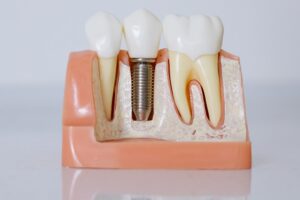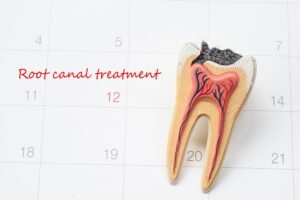Have you been to the dentist last year? Most of us have either avoided these appointments or ignored our problems. We don’t feel like going to a dentist appointment because we are anxious about pain or want to find out if something is wrong. It is mostly about how painful it can be when operating on your teeth. Today, there are several new techniques that dental practitioners use to ease patients’ pain.
About Dental Sedation
What is Dental Sedation, and is it safe? Dental sedation is how a medical professional can help you feel calm and relaxed while operating on or examining your oral cavity. The practitioner will provide a very moderate amount of sedation so that you remain awake but do not feel any pain. The state is sometimes called conscious sedation because it may create a sense of temporary amnesia. In this condition, you will not feel the pain without losing consciousness.
People of all ages can get sedation during their examination. It is most helpful when a person is suffering from the following:
Anxiety – This may prevent them from keeping still or being nervous. This situation can create complications in your examinations or procedure. With dental sedation, you can be carefree, and the doctor can continue their examination correctly.
Children – Children are vulnerable and can be very difficult to examine. Mostly they do not remain still and are very scared of the dentist. Sedation can be used even on children to calm them down and help the doctor to carry out the examination.
Claustrophobia – Many patients have claustrophobia while in the dental chair. Sedation helps to ease such discomfort in the patient.
Other phobias – Many patients suffer from many other phobias that include fear of needles and even can be sensitive to a gag reflex. Sedation is the best way to calm them down and help them overcome their phobia.
Types of Sedation
Sedation during dental surgery or an examination is entirely safe but must be administered by a licensed medical practitioner. After you have been sedated and your examination is over, you might feel drowsy, your mouth might be dry, and nausea or headaches are some of the things patients experience. However, all these conditions occur for only a short time frame. Now that we’ve answered what dental sedation is and whether it is safe, we can discuss the types of sedation.
Nitrous oxide, popular as laughing gas, is used during dental examinations or surgery. The surgeon will provide a mask over the patient so that they can inhale the gas. The dentist will control the amount of gas that is used during the surgery for the sedation. This kind of gas is eliminated from your system quickly after the examination.
Oral sedation – This kind of sedation is provided to the conscious person with the help of a medical bill that lasts for about an hour. The dentist can also use a liquid solution that makes the patient a little dizzy and they fall asleep.
Intravenous – The sedation is passed through your bloodstream using an IV line. Patients who have been administered the sedation usually do not remember the treatment or the procedure.
Conclusion
Dental sedation is a great way to control your anxieties about visiting the dental clinic. Talk to your doctor before you decide to get the sedation done and discuss your problems.








